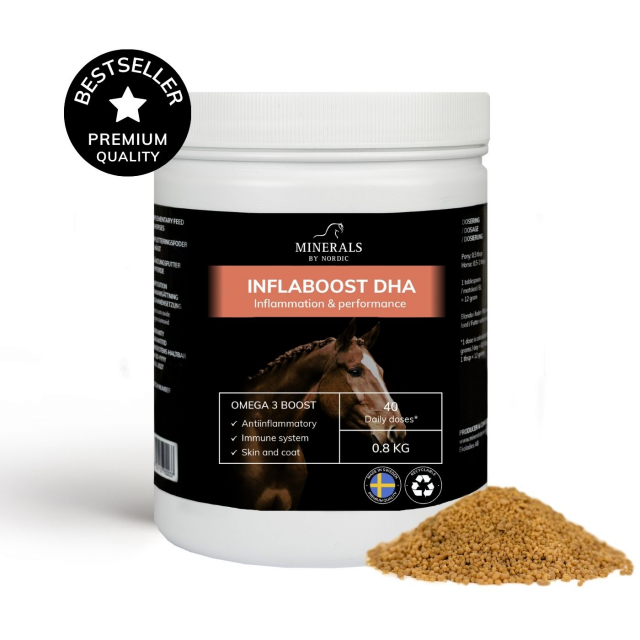
Managing ongoing bone spavin
Managing ongoing bone spavin in a horse can be a challenging experience for any horse owner. It is important to understand the disease, how it affects the horse, and which strategies can be used to manage the condition as effectively as possible.
Understanding bone spavin
Bone spavin is a chronic joint disease that primarily affects the lower hock joints in horses. It is characterized by progressive stiffness and pain in the joints, often leading to reduced mobility and comfort for the horse. Understanding the progressive nature of spavin is fundamental to managing the condition effectively.
Rehabilitation
Rehabilitation of a horse with bone spavin is an important part of management and can make a significant difference in the horse’s quality of life.
-
Veterinary consultation: First and foremost, consulting with a veterinarian is crucial. They can offer guidelines based on the horse’s specific condition and provide recommendations for appropriate treatments, which may include anti-inflammatory drugs, pain relief, or even surgical options.
-
Tailored exercise: Regular, moderate exercise is often recommended to maintain joint mobility as much as possible. However, exercise must be individually tailored to the horse. Many veterinarians recommend swimming or walking on soft surfaces as low-impact exercises that are gentle on the joints.
-
Physical therapy: Specialized treatments such as massage, stretching, and possibly acupuncture can help alleviate symptoms and improve the range of motion.
Riding a horse with bone spavin
Riding may still be possible depending on the severity of the disease and the horse’s level of pain.
-
Adapt riding: It is important to adapt riding to avoid worsening the horse’s condition. This may involve shorter riding sessions, avoiding hard surfaces, and refraining from disciplines like jumping that place more strain on the joints.
-
Equipment: Properly fitting equipment is essential to minimize discomfort. A well-fitting saddle and other gear that does not restrict movement or cause extra pressure are necessary.
The healing process
It is important to remember that spavin is a progressive disease and, in many cases, cannot be fully cured, but with proper management, the healing process and quality of life can be significantly improved.
-
Regular follow-ups: Regular veterinary visits are necessary to monitor the progression of the disease and adjust the treatment plan as needed.
-
Diet and supplements: A nutritious diet with adequate vitamins and minerals that support joint health can be beneficial. Supplements such as glucosamine and chondroitin may also be recommended by your veterinarian.
-
Emotional support: Finally, give your horse plenty of love and support. A horse’s mental and emotional well-being can impact their physical health, so it is important to create a positive and calm environment where the horse can relax.
Managing bone spavin requires a comprehensive approach that combines veterinary care, tailored exercise, and a supportive home environment. With the right strategies, you can help your horse maintain the highest possible quality of life despite this challenging condition.

 SWE
SWE



 ENG
ENG NO
NO AX
AX DE
DE